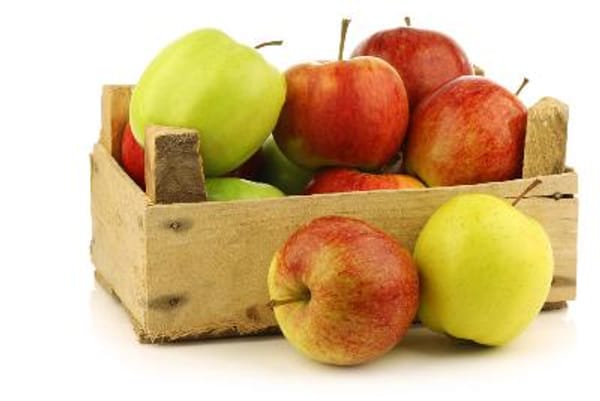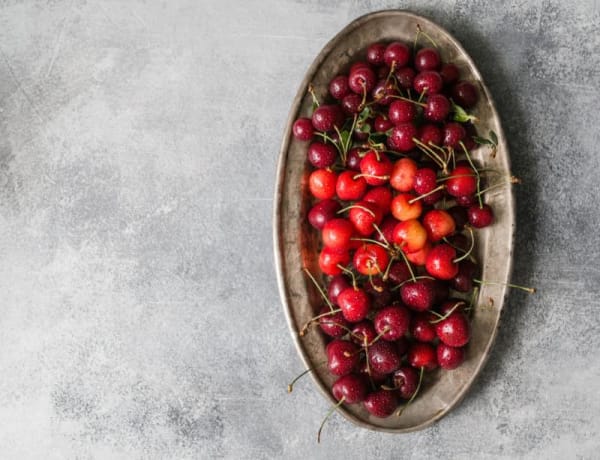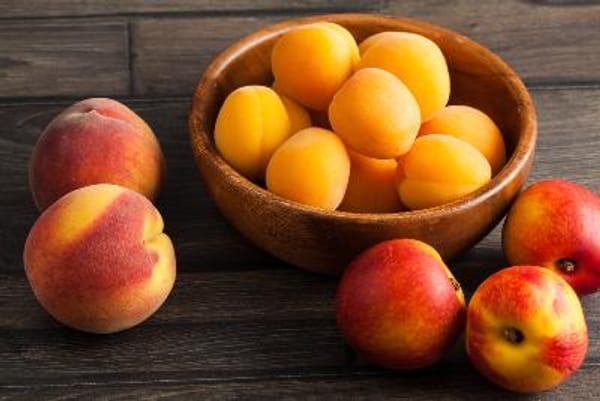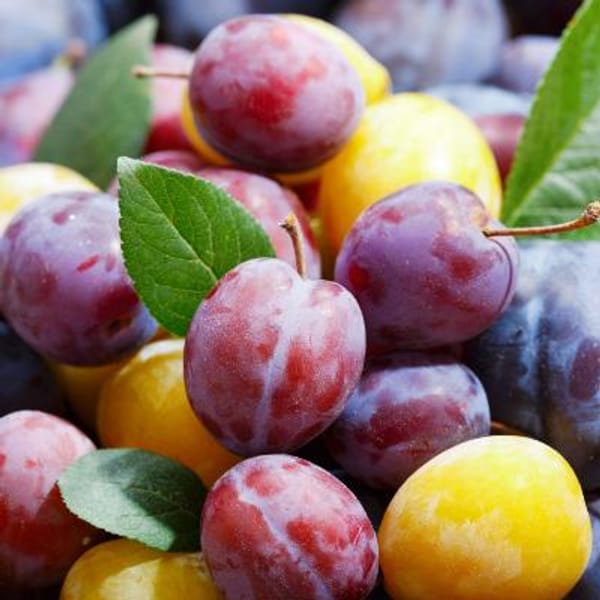Hachiya Persimmon- Variety Information
- On Sale! 15% off Pre-ordered Bare Root Fruit Trees (ends 12/31/25)
- Large, oblong fruit with deep red-orange skin and deep orange flesh.
- Sweet, flavorful, astringent until soft-ripe.
- Translucent skin and jelly-like flesh.
- A ripe Hachiya is sweeter than Fuyu.
- Low chill hours, good choice for milder climates.
- The mature fruit can be left out in boxes at room temperature to ripen.
- It can also be dried while it is still firm and it will become sweet during the dehydration process.
- The tree is productive and highly ornamental with beautiful glossy green foliage in the summer and red, orange, and yellow fall foliage in the fall.
- Fruit requires hot summers for ripening.
- A good variety for drying and pickling.
- Self-fruitful.
- USDA Zone 7-10, Requires 200 chill hours to set fruit. Protect when temperatures fall below 0°F.
- Grafted onto D. Lotus rootstock (Standard).
- Click here to view "Fruit Tree Rootstock Information"
- Click here to view our "Fruit Tree Variety Chart"
- This fruit tree is shipped dormant and bare-rooted.
-
This is a pre-ordered item. It will be ready to ship starting January 2026.
Click here for our Bare Root Fruit Tree Growing Guide (pdf)
Guia de cultivo para un arbol de raiz desnuda
Optimize Shipping: Shipping is calculated by box size. We can fit up to 8 bare-root fruit trees in a box. Multi-budded fruit trees and Jujube trees will count as 2 due to branching. Optimize your shipping by ordering multiple trees.







